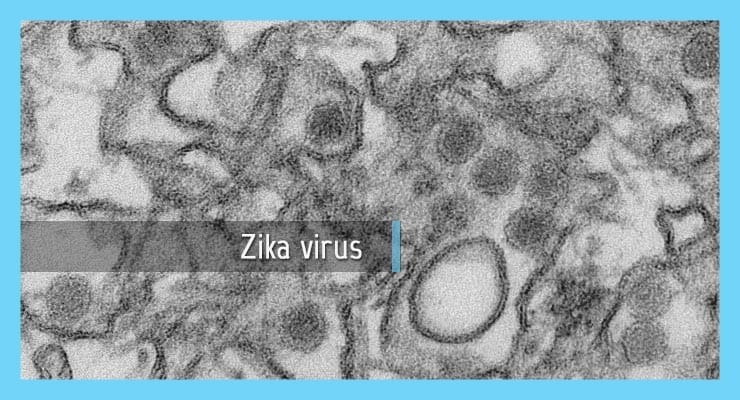
Hospice care is the end-oflife care that gives comfort to the dying person's family. Hospice care helps patients and their families make the difficult decisions that they have to make. It also eases the burden on loved ones. Although hospice is usually a last resort, there are many services and benefits available to people who need it. We will be discussing what hospice care is, and what you can expect. These are some of our most requested services and benefits.
Hospice care is designed to provide comfort
Hospice care is about accepting death as a part and providing comfort and peace in the final stages. The primary purpose of hospice care is to treat symptoms, not the underlying disease. The team of professionals works together to alleviate the symptoms and make sure that the patient enjoys the final days of their lives as full as possible. Family members and the patient are included in decisions about the care. They will also be informed of any changes.
An additional team of nurses and doctors is responsible for the care of patients. A social worker will lead family meetings, which are used to address their emotions and educate them on the death and illness. The team will also offer spiritual counseling and referrals to support systems that can help alleviate stress and anxiety. The team can also provide medical care and trained volunteers will be available to assist with practical care and respite care.

It is end-of-life and hospice care
End-of life can be a struggle between dignity and comfort. Patients with advanced disease often have less time and are able to make their own decisions. It is best to offer support, reassurance, and honor your loved one's wishes to help them through this difficult period. You may even want to hold their hand or talk to them in their final moments.
While hospice is dependent on loved ones for support, it also offers professional help to cope with their changing circumstances. As time passes, the support offered by family members may change. Some of the assistance required may be helping the patient to get dressed, bathe, and take medications. These areas will be covered by the care team, which will make the patient's final days more comfortable. Early intervention by hospice can ensure that the patient receives the appropriate level of care and comfort.
It helps to reduce the family's financial burden
Hospice has many advantages for patients and their loved ones. Patients can remain in dignity and comfort by enrolling early. It helps to reduce the burden on the family as well as prepare them for the death of a loved. On the Medicare website, you can find many advantages to hospice care. For in-person assistance, the hospice agency charges $200 per day. Hospice services also cover equipment rentals, as well as a 24-hour hotline where patients can speak to a nurse for support.
Hospice care has become an $19 billion industry funded largely by taxpayers. It's designed to lower the burden on families, since it often provides the most care. Joy Johnston's encounter with a hospice organization changed her perspective of the program. Her mother was suffering from constipation, a painful condition that affects many people dying. Joy Johnston, an employee at a hospice, helped her mom move her bowels, a task she had never had to do for her mom.

It can help people live longer
Studies show that hospice care can prolong the lives of terminally ill people. Two studies found that hospice patients lived longer than their counterparts without the care they needed. According to a study published by the New England Journal of Medicine (NEJM), cancer patients who received palliative medicine were able have longer lives and enjoy a higher quality of living. In another study, patients with lung cancer received hospice care for an average of 3.3 months longer than those who did not.
Despite the fact the hospice service is less popular among men than with women, overall hospice mortality rates are low. Particularly, men are more likely to die within six month than women. There are many factors that influence the decision to enter hospice. Patients suffering from dementia or stroke have a lower death rate. This is possible because patients with dementia or complex medical conditions have a lower chance of complications. Hospice care may not be the best for all patients.
FAQ
What do you think about the private sector's role?
The private sector has a vital role to play in delivering healthcare. The private sector provides some equipment for hospitals.
Some hospital staff are also covered by the program. It makes sense that they should be involved in the management of the system.
However, there are limitations to what they can offer.
Private providers cannot always compete with free services provided by governments.
They should not attempt to run the entire system. This could be a sign that the system is not providing value for money.
Which are the three levels of care in a health facility?
First, there are general practice clinics that provide basic medical care for patients who don't need hospital admission. They can also refer patients to other providers, if necessary. This includes nurse practitioners, general practitioners and midwives.
The second level of care is primary care centers, which provide outpatient services that include emergency care. These include hospitals, walk in clinics, urgent care centres, family planning clinics and sexual health clinics.
The third level includes secondary care centers that offer specialist services like eye surgery, orthopedic surgery and neurosurgery.
Why do we have to have medical systems?
In developing countries, many people lack basic medical care. Many of these people die from infectious diseases such as tuberculosis and malaria before they reach middle age.
The vast majority of people in developed nations have regular checkups. Minor illnesses are usually treated by their general practitioner. But, many people still have chronic illnesses such as heart disease or diabetes.
Statistics
- Consuming over 10 percent of [3] (en.wikipedia.org)
- Over the first twenty-five years of this transformation, government contributions to healthcare expenditures have dropped from 36% to 15%, with the burden of managing this decrease falling largely on patients. (en.wikipedia.org)
- About 14 percent of Americans have chronic kidney disease. (rasmussen.edu)
- For the most part, that's true—over 80 percent of patients are over the age of 65. (rasmussen.edu)
- Healthcare Occupations PRINTER-FRIENDLY Employment in healthcare occupations is projected to grow 16 percent from 2020 to 2030, much faster than the average for all occupations, adding about 2.6 million new jobs. (bls.gov)
External Links
How To
What is the Healthcare Industry Value Chain?
All activities that are involved in providing healthcare services for patients make up the healthcare industry value chain. This includes both the business processes in hospitals and clinics, as well the supply chains that connect them with other providers like doctors, pharmacists, insurers, manufacturers, wholesalers, distributors, etc. This results in a continuum that starts with diagnosis and ends with discharge.
There are four components to the value chain:
-
Business processes - These are the tasks performed throughout the whole process of providing health care. A physician might order medication for a patient, then perform an examination. Each step of the process must be completed accurately and efficiently.
-
Supply Chains - All the organizations involved in making sure that the right supplies reach the right people at the right time. A typical hospital has dozens of suppliers, including pharmacies, lab testing facilities, imaging centers, and even janitorial staff.
-
Networked Organizations (NO) - In order to coordinate the various entities, communication must exist between all parts of the system. Hospitals typically have many departments, each with its own set of offices and phone numbers. The central point will allow employees to get up-to-date information from any department.
-
Information Technology Systems- IT is vital in ensuring smooth business processes. Without IT, things could quickly go sour. IT provides an opportunity to integrate new technologies into the system. For example, doctors can use a secure network connection if they want to integrate electronic medical records into their workflow.